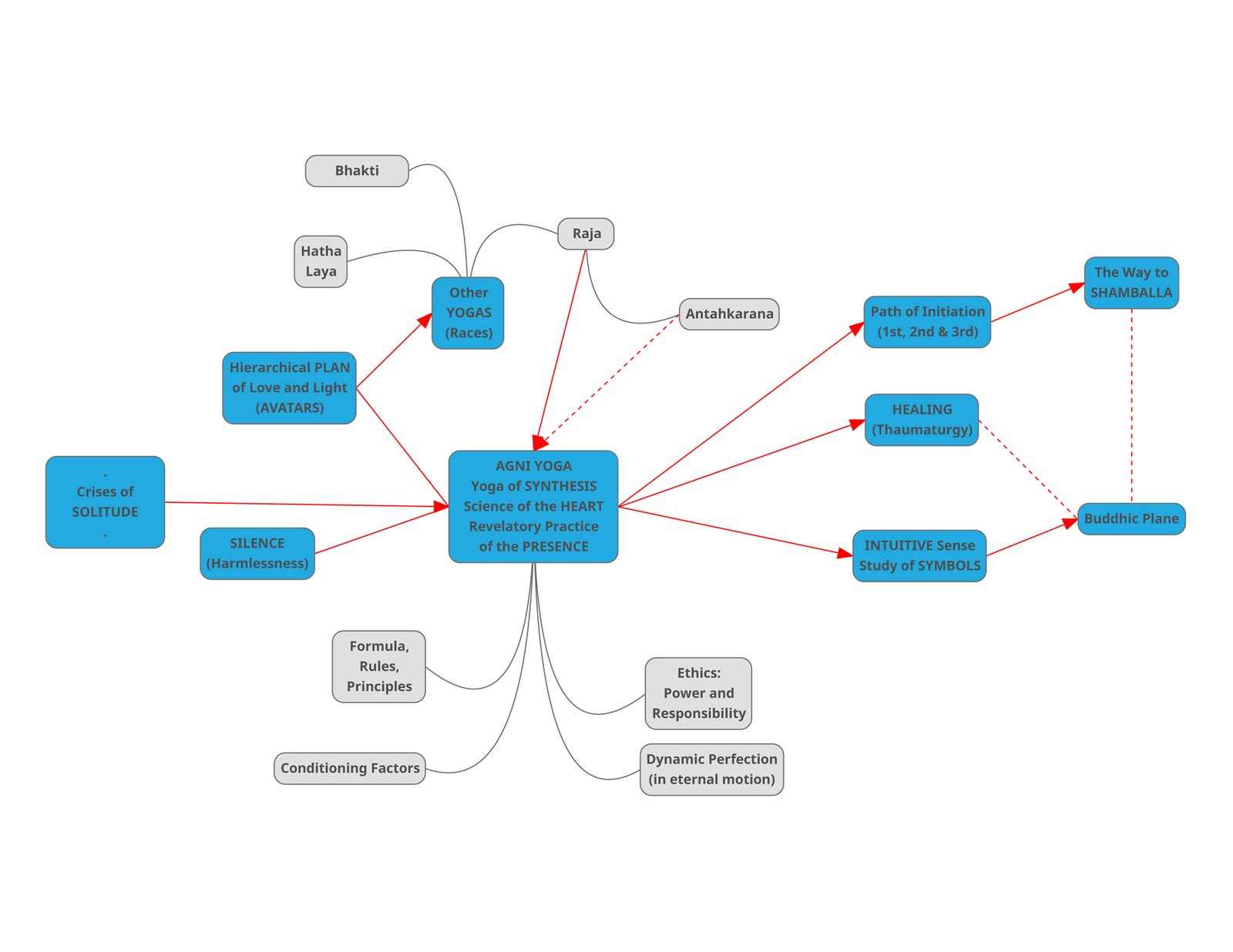MSNBC’s Ari Melber spoke with Reverend Al Sharpton and Michael Cohen lawyer Lanny Davis about the MAGA hopeful’s former “fixer’s” demeanor during testimony, and what kind of impact he could have on the jury.
[Note: “Right My Wrongs” is a song about taking responsibility for one’s actions in relationships, apologizing for mistakes, and making amends to restore the relationship. The song’s emotional vocals coupled with the intense beat underscore the gravity of the situation and the protagonist’s desire to make things right.]
This prayer was inspired by Michael Cohen’s plight as he disowns the Cult that ensnared him in a web of lies. May he find the fortitude to face himself — the Dweller on the Threshold — in cross-examination. In the crucifixion of his lower self, may he do his part in liberating us all from the evil of mob rule menacing the United States, so as to make America’s promise GOOD again. -JB
Prayer of a Rehabilitated Sinner
I have sinned.
I am truly sorry for any harm I’ve done,
And I expect a penalty commensurate to my sin,
So that I learn from my mistakes,
And avoid making them again.
We are not what we were;
We are what we are and will be: here and now.
My imperfections, even as I own them,
Do not define me.
We have the right to become better,
As we forgive the past, ours and others’,
To be some day reborn in the true image of God,
In all its Truth, Beauty and Goodness.
Dear God, I desire to be good.
In your Name I pray.
Amen.
Poem of a Rehabilitated Sinner
I have sinned, this truth I bear,
And for the harm done, I deeply care.
A penalty proportionate to my fault,
To learn from errors, and bring them to a halt.
No longer are we bound by yesterday;
We stand here now, evolving in our way.
My flaws, though mine, don’t define my soul;
They’re steps towards becoming whole.
We’re granted the chance to improve our stance,
Forgiving the past with a forward glance.
In God’s true image, may we find our rebirth,
Radiating Truth, Beauty, and Goodness on Earth.
Dear Lord, to be good is my earnest plea,
In Your sacred Name, I pray to Thee.
Amen.
Desiderata: Original Text
This is the original text from the book where Desiderata was first published.
Go placidly amid the noise and the haste, and remember what peace there may be in silence. As far as possible, without surrender, be on good terms with all persons.
Speak your truth quietly and clearly; and listen to others, even to the dull and the ignorant; they too have their story.
Avoid loud and aggressive persons; they are vexatious to the spirit. If you compare yourself with others, you may become vain or bitter, for always there will be greater and lesser persons than yourself.
Enjoy your achievements as well as your plans. Keep interested in your own career, however humble; it is a real possession in the changing fortunes of time.
Exercise caution in your business affairs, for the world is full of trickery. But let this not blind you to what virtue there is; many persons strive for high ideals, and everywhere life is full of heroism.
Be yourself. Especially do not feign affection. Neither be cynical about love; for in the face of all aridity and disenchantment, it is as perennial as the grass.
Take kindly the counsel of the years, gracefully surrendering the things of youth.
Nurture strength of spirit to shield you in sudden misfortune. But do not distress yourself with dark imaginings. Many fears are born of fatigue and loneliness.
Beyond a wholesome discipline, be gentle with yourself. You are a child of the universe no less than the trees and the stars; you have a right to be here.
And whether or not it is clear to you, no doubt the universe is unfolding as it should. Therefore be at peace with God, whatever you conceive Him to be. And whatever your labors and aspirations, in the noisy confusion of life, keep peace in your soul. With all its sham, drudgery and broken dreams, it is still a beautiful world. Be cheerful. Strive to be happy.
by Max Ehrmann ©1927
Source: https://www.desiderata.com/desiderata.html








